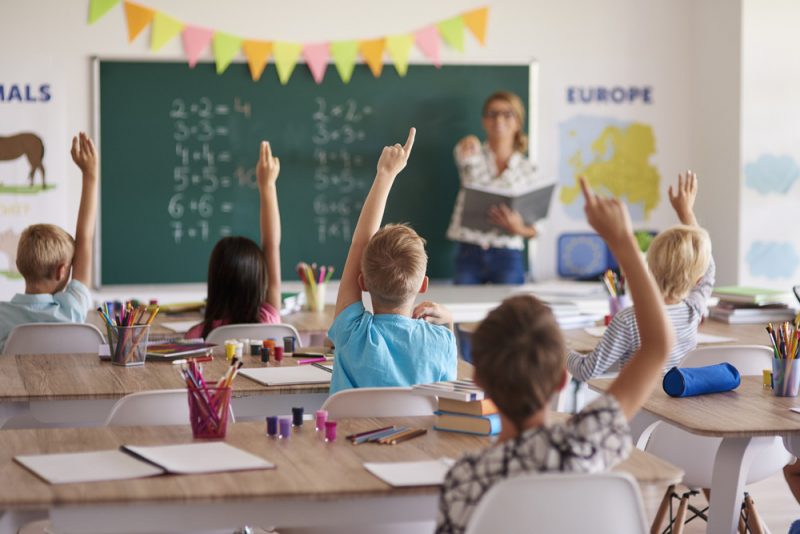Public To Private School How Do They Stack Up?

In this YouTube video, The Infographics Show compares a public school system and a private school system. Each school system type has benefits and drawbacks.
Public schools, for this comparison, are schools that the government runs.
In the United States, the majority of public school systems are paid for through the local county’s property taxes and other funds provided by the government. In Europe, parents pay for the tuition costs of a public school system, but their local government still runs the system.
In the United States, private schools are run by private parties, and parents pay out of pocket for the yearly tuition costs. The average price of private school tuition is between 8-10 thousand dollars a year. There are over 33,000 private schools with over 5 million enrolled students. By contrast, in the public school system, there are over 50 million students.
Public school systems are very rigid in their curriculum agendas, in what they are allowed to teach. Private school systems have more flexibility in what they choose to teach. Over 75% of private schools have some religious affiliation and weave religious beliefs, conservatism, and original constitutionalism into the other curriculum. Statistics show 95% of graduates of private schools go onto college, and only 49% of public school graduates go onto college.
